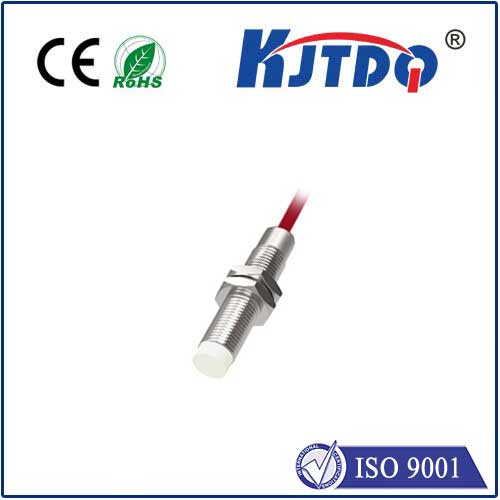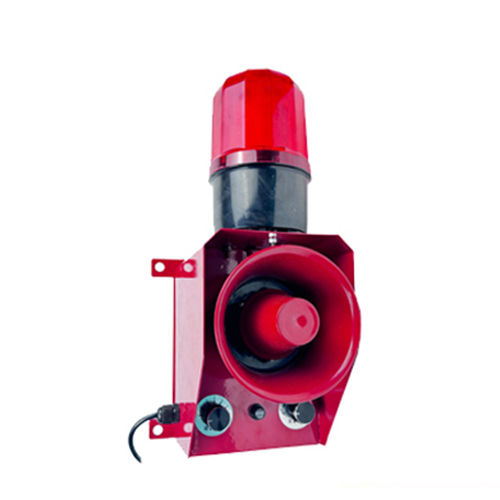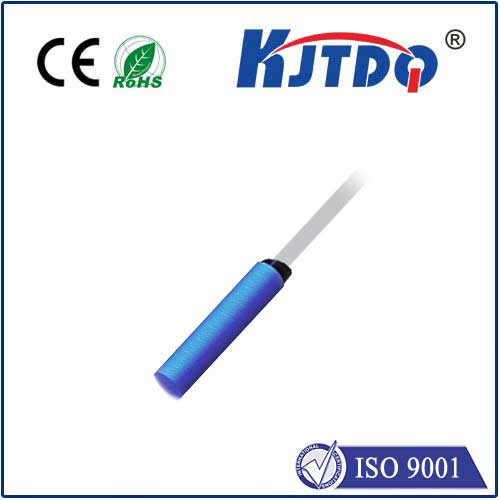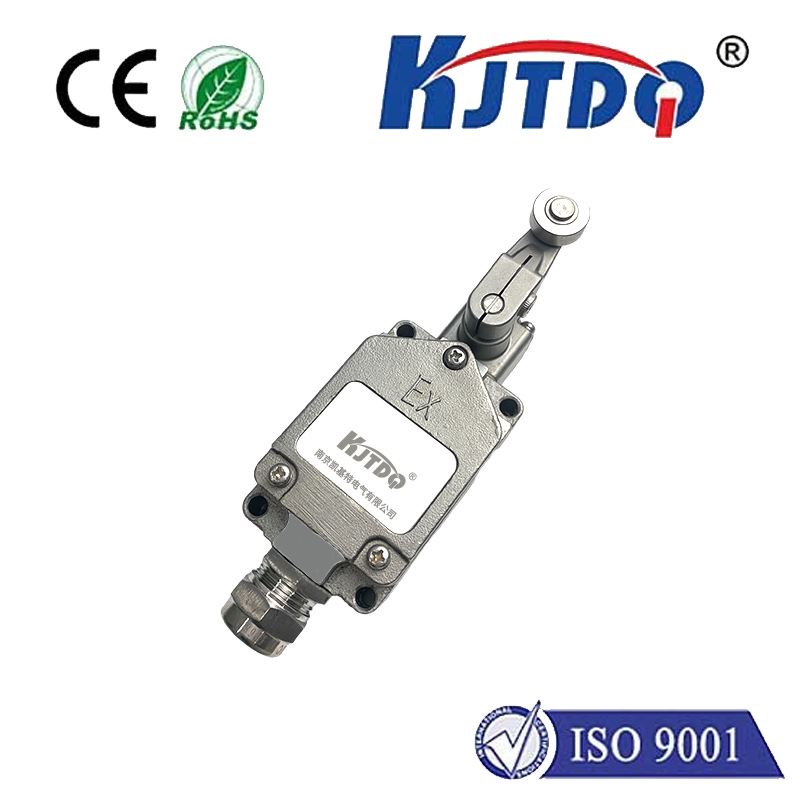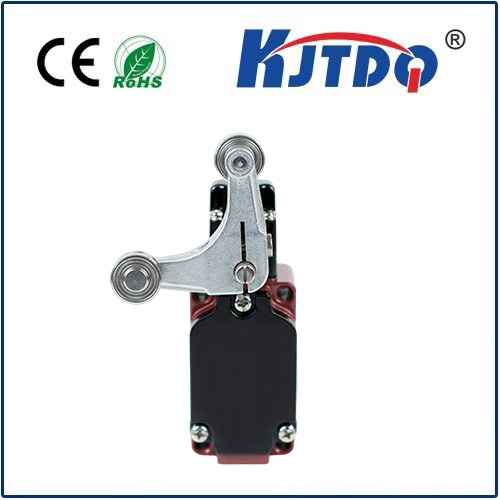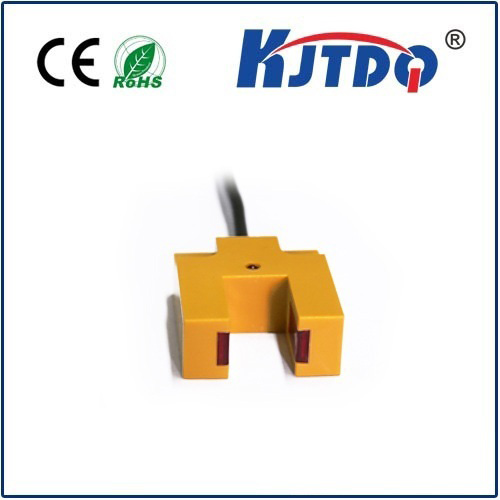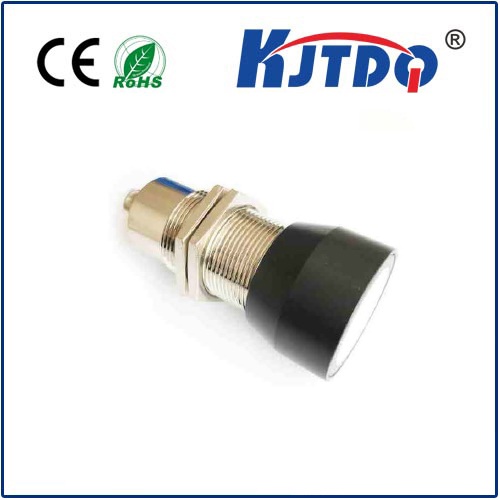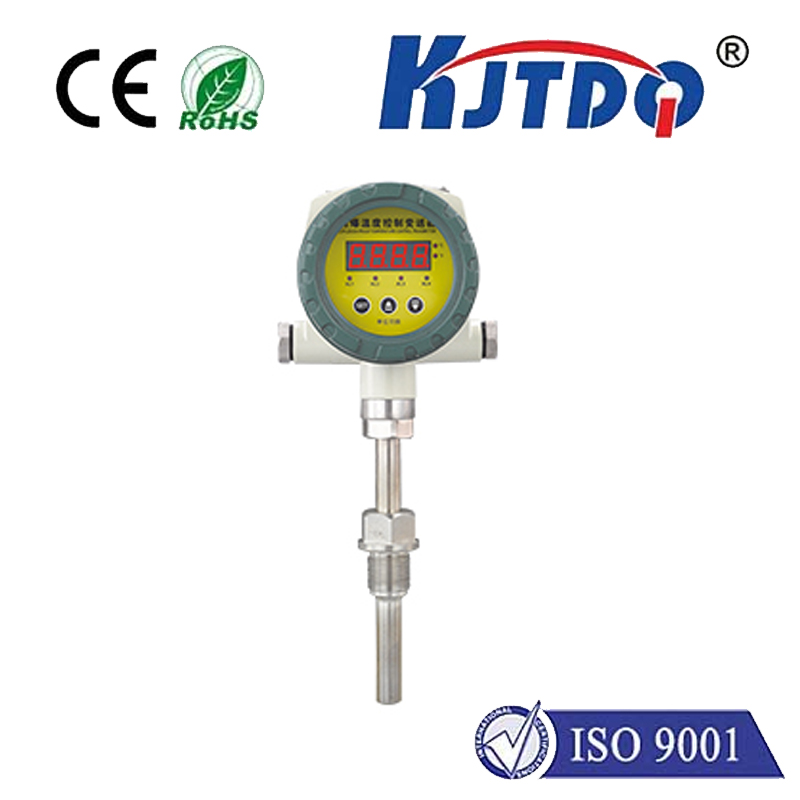laser power sensor
- time:2025-09-08 17:46:22
- Click:0
The Essential Guide to Laser Power Sensors: Precision Measurement for Modern Applications
How do you quantify the invisible force shaping our technological landscape? Laser beams, powerful and precise, drive innovations from delicate eye surgery and micro-machining to cutting-edge quantum computing and defense systems. Yet, without accurate measurement, harnessing this power remains guesswork. Enter the laser power sensor – the indispensable, often unsung hero ensuring precision, safety, and repeatability in any application where light intensity matters. These sophisticated instruments transform the invisible energy of light into quantifiable electrical signals, forming the bedrock of controlled laser use.
Beyond Simple Detection: The Core Function of a Laser Power Sensor
Unlike basic photodetectors sensing presence or absence, a laser power sensor is engineered explicitly to measure the absolute power (in Watts or Milliwatts) or energy (in Joules) of a laser beam incident upon its sensitive surface. This involves sophisticated transduction – converting the absorbed optical energy into a measurable output, typically voltage, current, or temperature change. The accuracy, repeatability, and reliability of this conversion are paramount. Whether verifying a medical laser’s therapeutic dose, ensuring a manufacturing laser cuts consistently, or calibrating a research setup, the power sensor is the primary standard for truth in laser energy delivery. Choosing the right one directly impacts operational efficiency and product quality.

Demystifying the Technologies Behind Precise Measurement
Not all lasers are the same, and neither are the sensors built to measure them. The two dominant technologies cater to different needs:
- Thermal Sensors: The workhorses for high-power and broad-spectrum applications. These sensors absorb laser energy, converting it entirely into heat. A thermopile (multiple thermocouples) or pyroelectric element then measures the resulting temperature change. Key advantages:
- Broad Wavelength Compatibility: Highly spectrally flat response from UV to far-IR, ideal for measuring lasers across a wide range of wavelengths without recalibration.
- High Power Handling: Designed to absorb and dissipate significant energy, making them suitable for lasers ranging from milliwatts to multi-kilowatts.
- Resistance to Saturation: Less prone to damage or saturation from high average powers compared to photodiodes at similar levels.
- Absolute Power Measurement: Directly measure average power with high accuracy. They typically feature a larger aperture to accommodate diverging beams or high-power densities safely.
- Photodiode-Based Sensors: Masters of speed and sensitivity for low-power applications. These utilize semiconductor photodiodes (like Si, Ge, or InGaAs) that generate an electrical current proportional to the instantaneous incident light intensity. Key advantages:
- High Sensitivity & Speed: Capable of detecting extremely low power levels (nanowatts or lower) and rapidly measuring fast pulses or modulated beams (up to GHz frequencies).
- Compact Design: Often smaller and lighter than thermal sensors.
- Enhanced sensitivity usually comes with a trade-off: a narrower wavelength range specific to the photodiode material and a much lower damage threshold, requiring careful attenuation for medium to high-power lasers.
Selecting Your Ideal Sensor: Key Parameters Drive Performance
Choosing the right laser power sensor is not a one-size-fits-all proposition. Critical parameters must be matched to your specific laser and application:
- Power/Energy Range: The sensor must comfortably handle your laser’s minimum and maximum expected output levels without damage or saturation. Thermal sensors excel at high average powers; photodiodes dominate in low-light sensitivity.
- Wavelength Range & Calibration: Ensure the sensor is calibrated for your laser’s specific wavelength(s). Thermal sensors offer broad coverage; photodiodes require precise matching. Verify calibration traceability (e.g., NIST) for critical applications.
- Beam Size & Aperture: The sensor’s active area must be larger than the beam diameter to capture all the energy. For focused beams, consider the power density (W/cm²) relative to the sensor’s damage threshold.
- Required Accuracy & Linearity: How critical is measurement precision? Sensor specifications detail uncertainty levels. High-accuracy research demands superior sensors than basic process monitoring.
- Response Time & Pulse Capability: For pulsed lasers, the sensor must respond fast enough to capture pulse energy (photodiodes are best for short pulses) or integrate energy accurately (thermal sensors handle longer pulses well). Photodiodes are essential for measuring pulse shape or high-frequency modulation.
- Cooling Needs: Very high-power thermal sensors often require water cooling to dissipate absorbed energy effectively.
From Lab Bench to Factory Floor: Diverse Applications Demand Accuracy
The reliance on precise laser power measurement spans countless fields:
- Research & Development: Characterizing new laser sources, optical component testing, photonics experimentation, quantum optics setups.
- Laser Manufacturing: Critical process control in laser cutting, welding, drilling, marking, cladding, and additive manufacturing (3D printing). Consistent power ensures consistent results and quality assurance.
- Medical & Aesthetic Devices: Verifying therapeutic dosage in ophthalmology, dermatology, oncology, and surgery. Patient safety and treatment efficacy depend on accurate calibration.
- Telecommunications: Testing and calibrating optical transmitters, amplifiers, and fiber optic network components.
- Defense & Aerospace: Testing LIDAR systems, rangefinders, target designators, and directed energy weapons.
- Consumer Electronics: Calibration tools for laser diode production in DVD/Blu-ray players, barcode scanners, and optical mice.
Maximizing Sensor Performance and Longevity: Calibration & Care
A laser power sensor is a precision instrument. Protecting your investment requires diligence:
- Respect Damage Thresholds: Never expose a sensor to power, energy, or power density levels exceeding its specified limits. Overload is the most common cause of failure. For high-power beams, ensure the spot size is sufficiently large.
- Handle with Care: Avoid touching the sensitive surface. Store in a clean, protective case.
- Regular Calibration: Sensor performance can drift over time and use. Regular calibration by an accredited lab, typically annually or following manufacturer recommendations, is essential to maintain traceable accuracy and confidence in measurements. Remember the calibration certificate.
- Clean Appropriately: Follow the manufacturer’s instructions meticulously for cleaning the sensor’s aperture or window. Incorrect cleaning can scratch coatings or surfaces.
The Indispensable Tool for Laser Confidence
Laser power sensors are far more than simple meters; they are the fundamental instruments enabling the safe, reliable, and effective application of laser technology across a vast spectrum of industries. Understanding the different sensor types – thermal for broad-spectrum robustness and photodiode for high-speed sensitivity – and carefully selecting based on laser parameters and application needs is crucial. By prioritizing measurement accuracy, respecting operational limits like the damage threshold, and maintaining instruments through regular calibration, users unlock the full potential of their laser systems. From groundbreaking research to mass production lines, precise power measurement ensures lasers perform predictably, efficiently, and safely, solidifying their role as transformative tools in the modern world.






